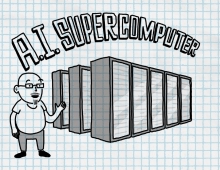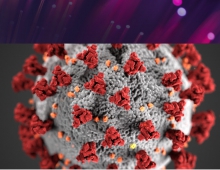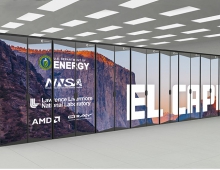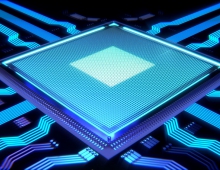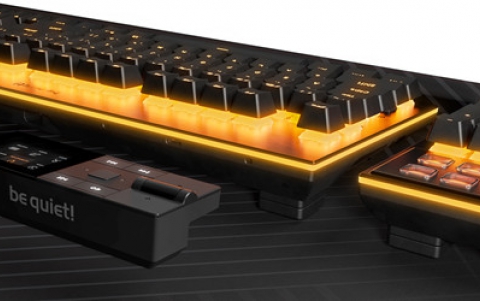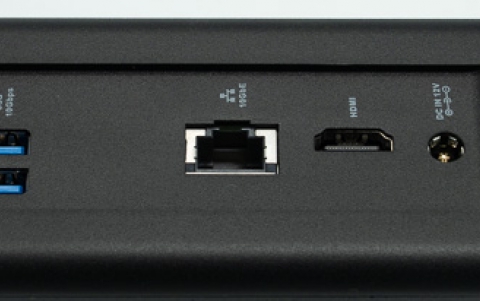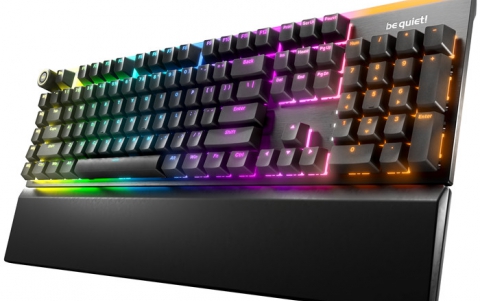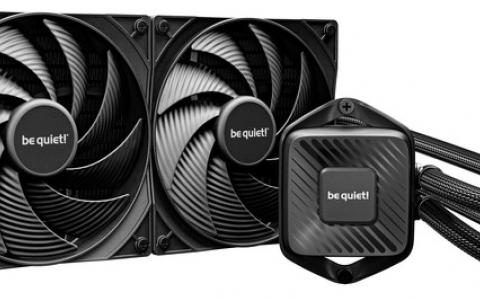
ORNL Debuts Titan Supercomputer
The U.S. Department of Energy's Oak Ridge National Laboratory on Monday completed the deployment of a 20-petaflop supercomputer called Titan, which may give the U.S. an edge over China and Japan in the race to build the world's fastest computers.
Titan's peak performance is more than 20 petaflops -- or 20 million billion floating-point operations per second -- about 90 percent of which comes from 18,688 NVIDIA Tesla K20 GPU accelerators and 16-core AMD Opteron 6274 processors.
Titan will be 10 times more powerful than ORNL's last world-leading system, Jaguar (2.3-petaflops) while overcoming power and space limitations inherent in the previous generation of high-performance computers.
Titan has been designed to provide unprecedented computing power for research in energy, climate change, efficient engines, materials and other disciplines and pave the way for a wide range of achievements in science and technology.
The Cray XK7 system contains 18,688 nodes, with each holding a 16-core AMD Opteron 6274 processor and an NVIDIA Tesla K20 graphics processing unit (GPU) accelerator. Titan also has more than 700 terabytes of memory. The combination of central processing units and more recent GPUs will allow Titan to occupy the same space as its Jaguar predecessor while using only marginally more electricity. Titan consumes about 9 megawatts of power and the energy costs for running the supercomputer could add up to $10 million a year.
"One challenge in supercomputers today is power consumption," said Jeff Nichols, associate laboratory director for computing and computational sciences. "Combining GPUs and CPUs in a single system requires less power than CPUs alone and is a responsible move toward lowering our carbon footprint."
Because they handle hundreds of calculations simultaneously, GPUs can go through many more than CPUs in a given time. By relying on its 299,008 CPU cores to guide simulations and allowing its new NVIDIA GPUs to do the heavy lifting, Titan will enable researchers to run scientific calculations with greater speed and accuracy.
Titan will be open to select projects while ORNL and Cray work through the process for final system acceptance. The lion's share of access to Titan in the coming year will come from the Department of Energy's Innovative and Novel Computational Impact on Theory and Experiment program, better known as INCITE.
Among the flagship scientific applications on Titan include calculations of a material's magnetic states as they vary by temperature (Materials Science,) modelling of large-molecule hydrocarbon fuels such as the gasoline surrogate isooctane, simulations in nuclear energy research and more.
Titan's deployment comes a few weeks ahead of the release of the Top500, which lists the 500 fastest supercomputers in the world. The fastest supercomputer in the Top500 list released in June this year was Sequoia, an IBM BlueGene/Q system deployed by the U.S. DOE at the Lawrence Livermore National Laboratory in Livermore, California.
The next milestone for supercomputers is to reach exaflop performance, which is about 1,000 petaflops, by 2018.
Titan will be 10 times more powerful than ORNL's last world-leading system, Jaguar (2.3-petaflops) while overcoming power and space limitations inherent in the previous generation of high-performance computers.
Titan has been designed to provide unprecedented computing power for research in energy, climate change, efficient engines, materials and other disciplines and pave the way for a wide range of achievements in science and technology.
The Cray XK7 system contains 18,688 nodes, with each holding a 16-core AMD Opteron 6274 processor and an NVIDIA Tesla K20 graphics processing unit (GPU) accelerator. Titan also has more than 700 terabytes of memory. The combination of central processing units and more recent GPUs will allow Titan to occupy the same space as its Jaguar predecessor while using only marginally more electricity. Titan consumes about 9 megawatts of power and the energy costs for running the supercomputer could add up to $10 million a year.
"One challenge in supercomputers today is power consumption," said Jeff Nichols, associate laboratory director for computing and computational sciences. "Combining GPUs and CPUs in a single system requires less power than CPUs alone and is a responsible move toward lowering our carbon footprint."
Because they handle hundreds of calculations simultaneously, GPUs can go through many more than CPUs in a given time. By relying on its 299,008 CPU cores to guide simulations and allowing its new NVIDIA GPUs to do the heavy lifting, Titan will enable researchers to run scientific calculations with greater speed and accuracy.
Titan will be open to select projects while ORNL and Cray work through the process for final system acceptance. The lion's share of access to Titan in the coming year will come from the Department of Energy's Innovative and Novel Computational Impact on Theory and Experiment program, better known as INCITE.
Among the flagship scientific applications on Titan include calculations of a material's magnetic states as they vary by temperature (Materials Science,) modelling of large-molecule hydrocarbon fuels such as the gasoline surrogate isooctane, simulations in nuclear energy research and more.
Titan's deployment comes a few weeks ahead of the release of the Top500, which lists the 500 fastest supercomputers in the world. The fastest supercomputer in the Top500 list released in June this year was Sequoia, an IBM BlueGene/Q system deployed by the U.S. DOE at the Lawrence Livermore National Laboratory in Livermore, California.
The next milestone for supercomputers is to reach exaflop performance, which is about 1,000 petaflops, by 2018.

